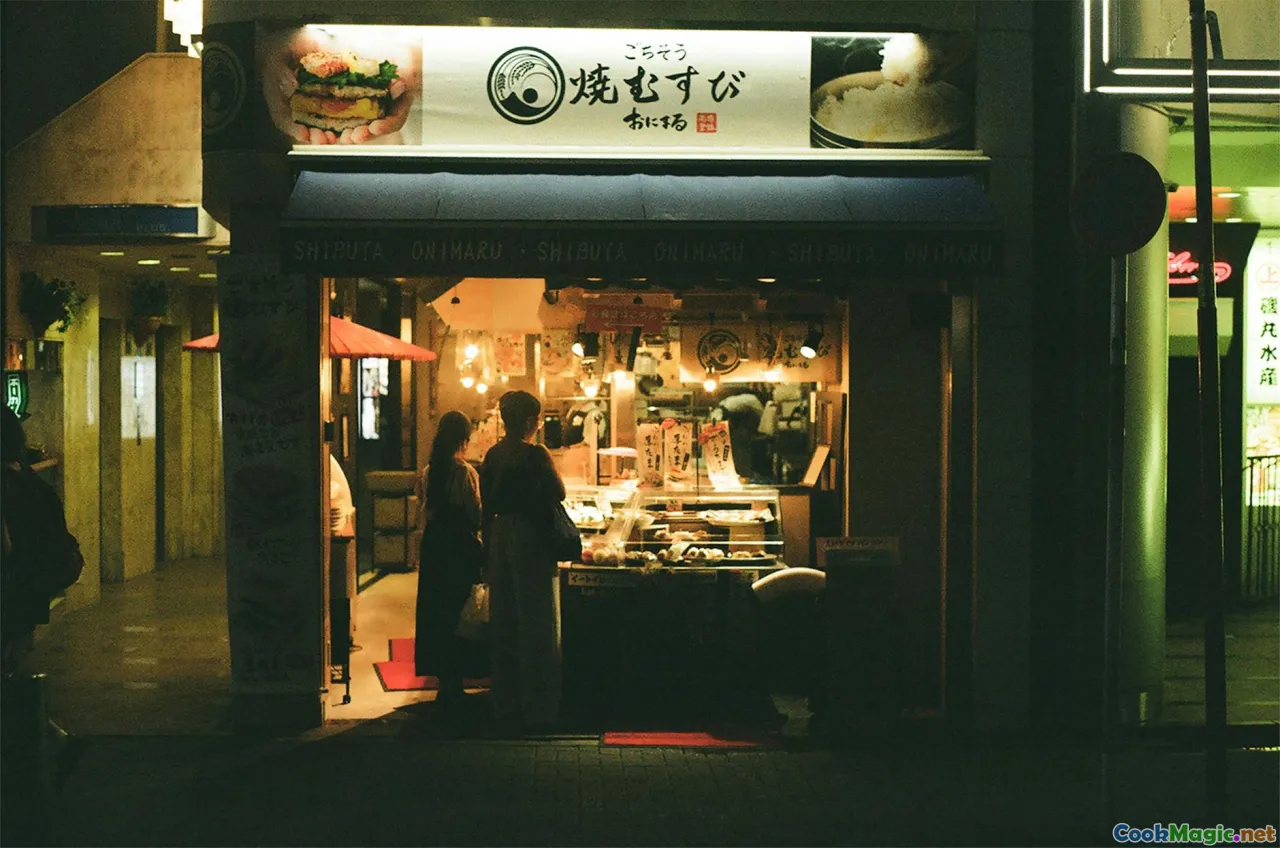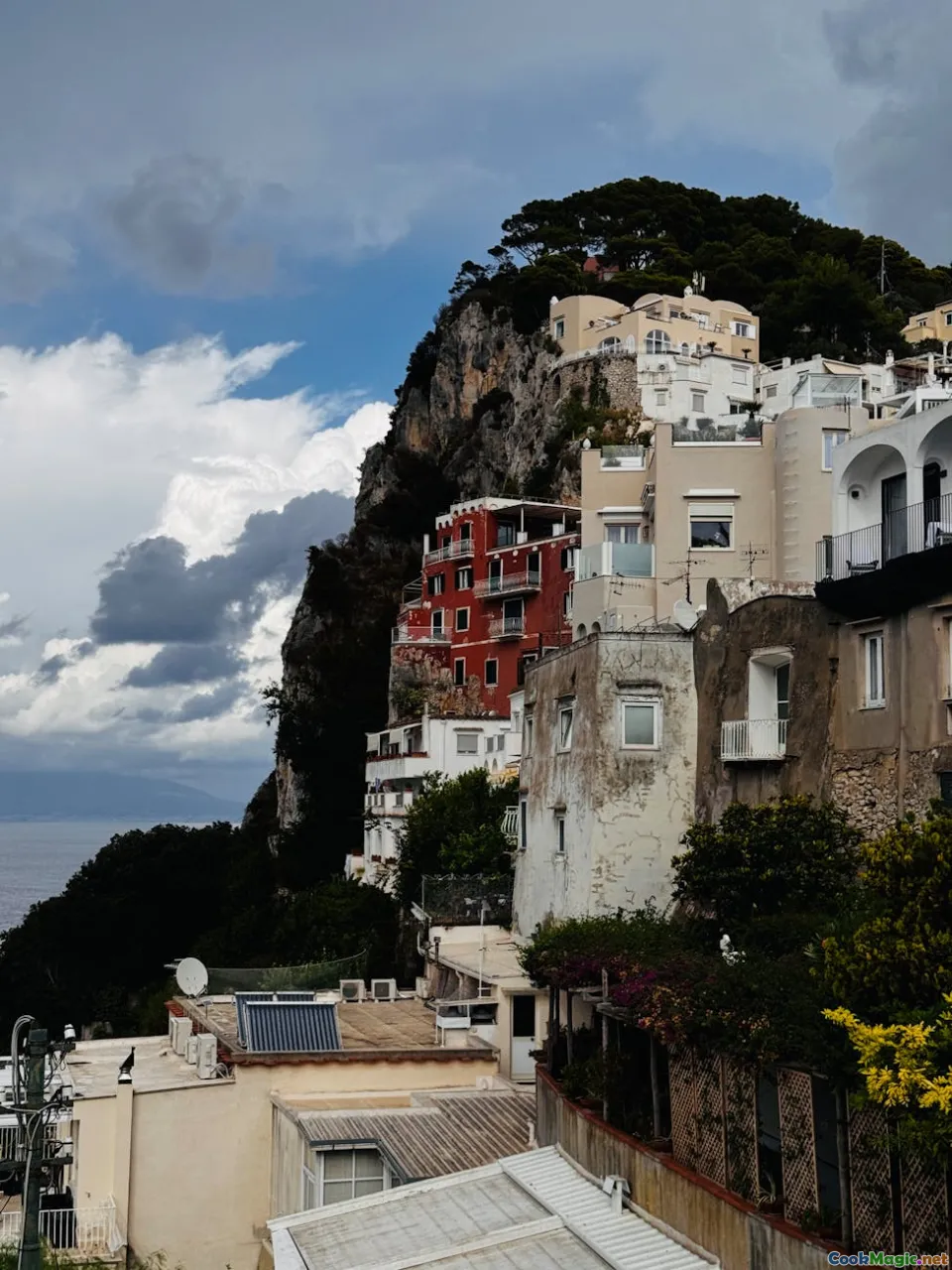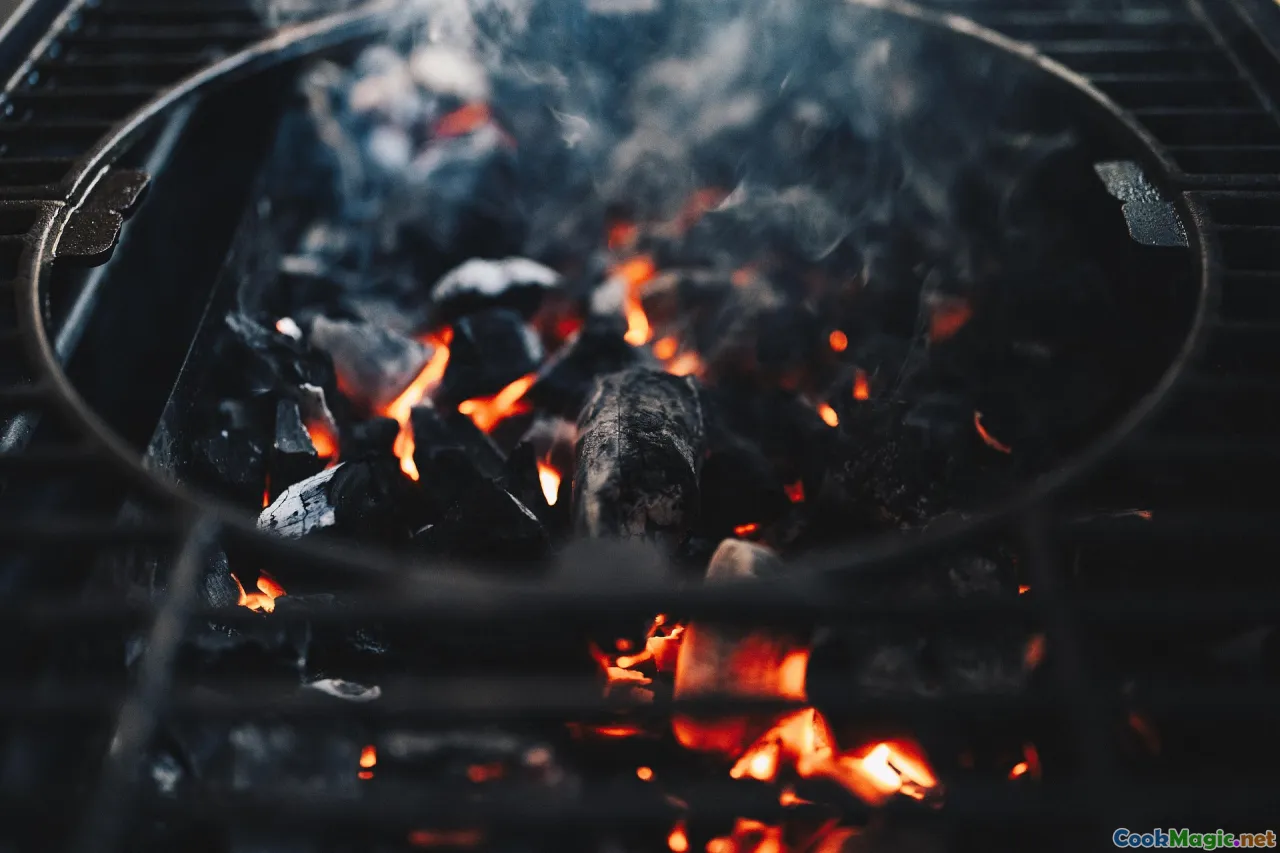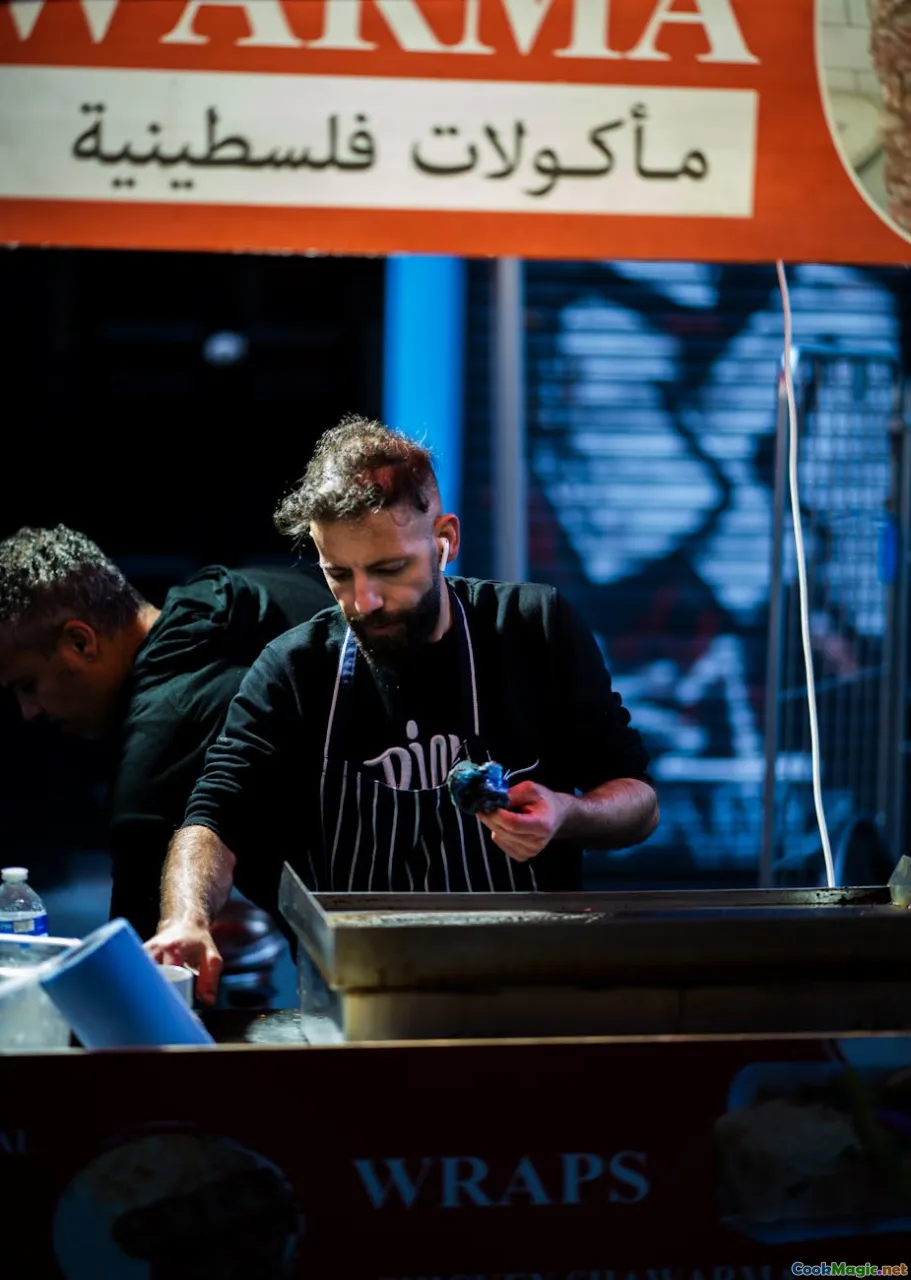Lesser Known Argentine Street Foods to Discover
11 min read Explore unique Argentine street foods beyond the popular, uncovering hidden culinary gems and authentic flavors across the country. September 05, 2025 15:05
Lesser Known Argentine Street Foods to Discover
Argentina, a country famously synonymous with beef, tango, and mate, also holds a treasure trove of lesser-known street foods that reveal the depth and diversity of its culinary soul. While choripán and empanadas often steal the spotlight, the vibrant street food scene extends far beyond, blending indigenous ingredients, immigrant influences, and local traditions into unforgettable flavor profiles.
Join me on a flavorful journey through some of Argentina’s hidden street food gems—dishes that whisper stories of neighborhoods, history, and daily life—and inspire you to explore beyond the usual. Each bite is a portal into the country’s rich tapestry of culture and history.
The Humble Yet Intriguing:
Pearl of the Cono Sur — Buenos Aires’ Hidden Empanada Variations

While Argentina’s empanadas are well-known nationwide, certain regional variations offer a surprising freshness and authenticity often lost in commercial versions. Particularly in neighborhoods like San Telmo or La Boca, you’ll encounter empanadas that honor local ingredients and handmade techniques.
One such variation is the empanada tucumana, which boasts a spicy ground beef filling seasoned with local chilies, olives, and sometimes hard-boiled eggs. The shells are generously crimped and baked until golden, filling the air with an irresistible aroma of baked dough mingled with meaty, savory scents.
In smaller vendors, look for empanadas fritas — crisp on the outside, tender inside, offering a delicious contrast that’s all too easy to overlook when chasing more popular baked versions.
Pro tip: Seek out vendors who prepare empanadas on the spot — the smell of the freshly fried or baked pastry instantly beckons hungry passersby.
A Sweet Surprise:
Churros de La Quebrada — The Mountain Snack of Mendoza

While churros are an international delight, in the Andean province of Mendoza, they take on a uniquely rustic charm. Here, small carts serve steaming, freshly fried churros dusted with cinnamon sugar and drizzled generously with dulce de leche — the caramel of Argentine dreams.
What sets these apart? Often made with local mountain water and traditional recipes handed down through generations, Mendoza’s churros have a deep, caramelized flavor profile that perfectly complements the cool mountain air.
In rural villages like Uspallata or Las Heras, locals love to gather around carts after a long day of agrarian work, sharing stories over hot bites crispy on the outside and gooey inside — an emotional anchor connecting them to tradition.
Tip: Try dipping your churro into a small cup of thick dulce de leche; it’s a rich, sweet union of textures and flavors.
Flavors of the Pampa:
The Not-So-Popular Panadería Specialties

Street bakeries in the Argentine Pampa often produce more than just the ubiquitous facturas or medialunas. Venture closer to local kiosks in towns like General Pico or Santa Rosa and discover some secret staples.
One standout is the tortas fritas, a crispy, flaky fried bread traditionally enjoyed during rainy days or festivals. Unlike its bakery cousin, the torta frita is seasoned simply with salt, offering a satisfyingly crunchy bite that pairs beautifully with a hot mate or cheese.
Another hidden gem: thepebetas, small, soft buns with a mildly sweet aftertaste, often filled with dulce de membrillo or topped with sesame seeds. Particularly delicious when fresh from the horno, they evoke childhood memories for many locals.Insider insight: Most street vendors heat these specialties directly on traditional clay or wood-fired ovens, imparting a smoky aroma that enhances each bite.
Tasting the Indigenous:
Surprising Street Delights of the Gran Chaco Region

Venturing into the Gran Chaco—spanning parts of Formosa, Chaco, and Salta—you'll encounter foods deeply rooted in indigenous traditions. Unlike urban centers, the street food here emphasizes ingredients like yuca, wild herbs, and native game.
One lesser-known delicacy is pata de vaca, a savory stew made with beef hoof called “pata,” slow-cooked over open flames with local herbs, served from communal pots.
More exciting still is the chimichurri de yuca, a fried yuca patty flavored with native herbs and served with a tangy, peppery sauce, perfect for grabbing on the go. The texture is firm yet tender, with a savory taste that speaks to the land’s rustic roots.
Explore markets and street stalls in Resistencia or Formosa for a taste of these authentic bites, each mouthful capturing the indigenous spirit of the region.
The Fusion of Flavors:
Migrant Contributions — The Middle Eastern Meatwraps

The Argentine street food scene is alive with the echoes of waves of migrant cuisines, especially from the Middle East. In neighborhoods like Once or Liniers, you'll find vendors servingmigratory-style kebabs and wraps that fuse local ingredients with Middle Eastern techniques.The shawarma, layered with marinated beef or chicken, is slowly spit-roasted over flames, resulting in irresistibly tender, smoky slices. Wrapped in warm flatbread with fresh herbs, pickles, and a drizzle of tahini, it’s a whirlwind of savory, tangy, and spicy notes.
The influence isn’t limited to meat—vegetarian options like falafel and tabbouleh are also widely available.
Tip: Seek out vendors that let you watch the rotating spit—an ancient cooking method that imparts depth to the flavor.
Tasting via Tradition:
The Quintas of Rosario and Their Unique Bites

In the rural outskirts of Rosario, markets come alive with traditional quintas (local farms) selling freshly harvested produce and homemade street foods that often go unnoticed by tourists. Here, rustic charm meets rich history.
Some of the most compelling include humitas — sweet or savory corn pudding wrapped in husk and steamed, with a texture incredibly similar to a moist cake and a flavor sweetened by a hint of basil.
Another is the cazuela, a hearty stew served from large pots, packed with provides, beans, and locally cooked meats—an emotionally nourishing experience echoing ancestral cooking.
Strolling through these markets offers an immersive taste of rural life, with stories and flavors steeped over generations.
Embracing the Beyond Borders: Tips to Discover and Enjoy
Exploring lesser-known Argentine street foods isn’t only about the food—it’s about embracing a way of life, a moment in time shared with locals, a flavorful peek into history. Here are some tips to maximize your experience:
- Speak and Share: Argentines cherish sharing stories and recipes. Engage with vendors politely; often, they’ll offer insider recommendations or even allow you to watch their preparation.
- Look for Authenticity: Chips, wrappers, packaging—they often reveal the authenticity. Handmade, freshly prepared items are always the best.
- Explore Offbeat Neighborhoods: Venture beyond tourist hotspots; neighborhoods like San Telmo, Barracas, or even smaller villages host hidden gems.
- Attend Local Festivals: Food festivals and rural fairs are gateways to seasonal specialties and traditional dishes.
- Use Your Senses: Trust aroma and texture; street foods pledge their authenticity with those inviting smells and earthy textures.
By venturing beyond the familiar, you deepen your appreciation for Argentine cuisine’s nuances—stories in every flavor, history on every plate.
In this diverse world of Argentine street foods, each dish whispers a part of the nation’s soul. Whether it’s the fiery empanadas of Tucumán, the mountain churros of Mendoza, or the indigenous stews of Chaco, your culinary journey here will be rich, surprising, and profoundly authentic. Bon appétit — or as Argentines say, ¡Buen provecho!









